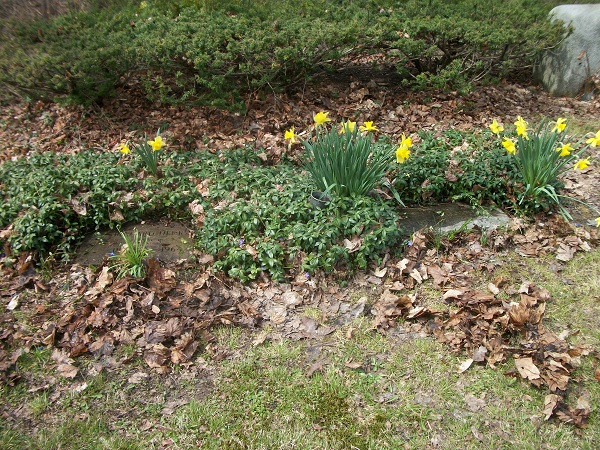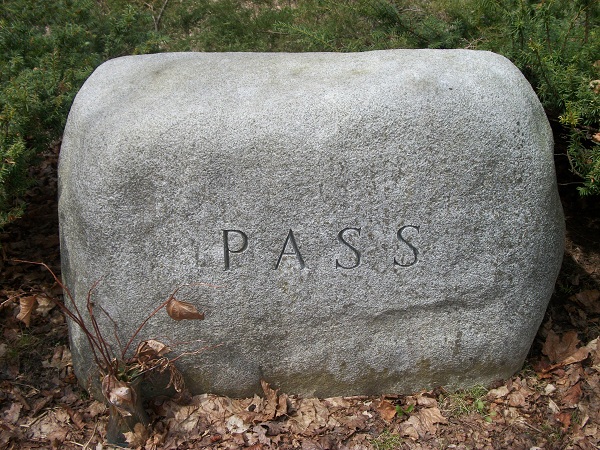A graduate of Harvard in 1915 Pass attended ground school at M.I.T. during World War I and was assigned to HS-1 the first flying boat in service.
He invented the bomb-sight for moving targets and a new method of aerial navigation by dead reckoning.
He became the president of Pass & Seymour, the company his father co-founded, as well as vice president of Onondaga Pottery in 1929. During his presidency sales increased 500%. He became president of Onondaga Pottery in 1941 and teamed the companies to produce non-detectable ceramic anti-tank mine with a chemical fuse which was shipped to the war effort in 1942.
Married on April 2, 1921, to Ruth Huntington Pennock, the daughter of the chief chemist of Solvay Process Company; they had five daughters:
Ruth (single birth), born Feb. 27, 1923; married former Court of Appeals Judge Stewart F. Hancock, Jr., res. (2013) in Cazenovia, N. Y.
Adelaide Salisbury, born Dec. 27, 1925; married William Curran; res. (1990) Glen Head, N. Y.
Eleanor (twin of Adelaide), born Dec. 27, 1925; see below
Ann Greatback, born May 1, 1927; see below
Eunice (twin of Ann), born May 1, 1927; married Darrell Carpenter; res. (1990) Madison, N. Y.
The Board of Managers of NY State College of Ceramics at Alfred University bestowed upon him the Doctor of Laws for 33 years of work at the university.
Information on Richard Pass was culled from the book "Syracuse China", by Cleota Reed and Stan Skoczen, which includes an afterword by his eldest daughter, Ruth Pass Hancock.
[Additional information about their daughters added by Stanley Hazen, 10 Oct. 2013; he and their daughters are second cousins.]
A graduate of Harvard in 1915 Pass attended ground school at M.I.T. during World War I and was assigned to HS-1 the first flying boat in service.
He invented the bomb-sight for moving targets and a new method of aerial navigation by dead reckoning.
He became the president of Pass & Seymour, the company his father co-founded, as well as vice president of Onondaga Pottery in 1929. During his presidency sales increased 500%. He became president of Onondaga Pottery in 1941 and teamed the companies to produce non-detectable ceramic anti-tank mine with a chemical fuse which was shipped to the war effort in 1942.
Married on April 2, 1921, to Ruth Huntington Pennock, the daughter of the chief chemist of Solvay Process Company; they had five daughters:
Ruth (single birth), born Feb. 27, 1923; married former Court of Appeals Judge Stewart F. Hancock, Jr., res. (2013) in Cazenovia, N. Y.
Adelaide Salisbury, born Dec. 27, 1925; married William Curran; res. (1990) Glen Head, N. Y.
Eleanor (twin of Adelaide), born Dec. 27, 1925; see below
Ann Greatback, born May 1, 1927; see below
Eunice (twin of Ann), born May 1, 1927; married Darrell Carpenter; res. (1990) Madison, N. Y.
The Board of Managers of NY State College of Ceramics at Alfred University bestowed upon him the Doctor of Laws for 33 years of work at the university.
Information on Richard Pass was culled from the book "Syracuse China", by Cleota Reed and Stan Skoczen, which includes an afterword by his eldest daughter, Ruth Pass Hancock.
[Additional information about their daughters added by Stanley Hazen, 10 Oct. 2013; he and their daughters are second cousins.]
Family Members
Sponsored by Ancestry
Advertisement
Explore more
Sponsored by Ancestry
Advertisement












